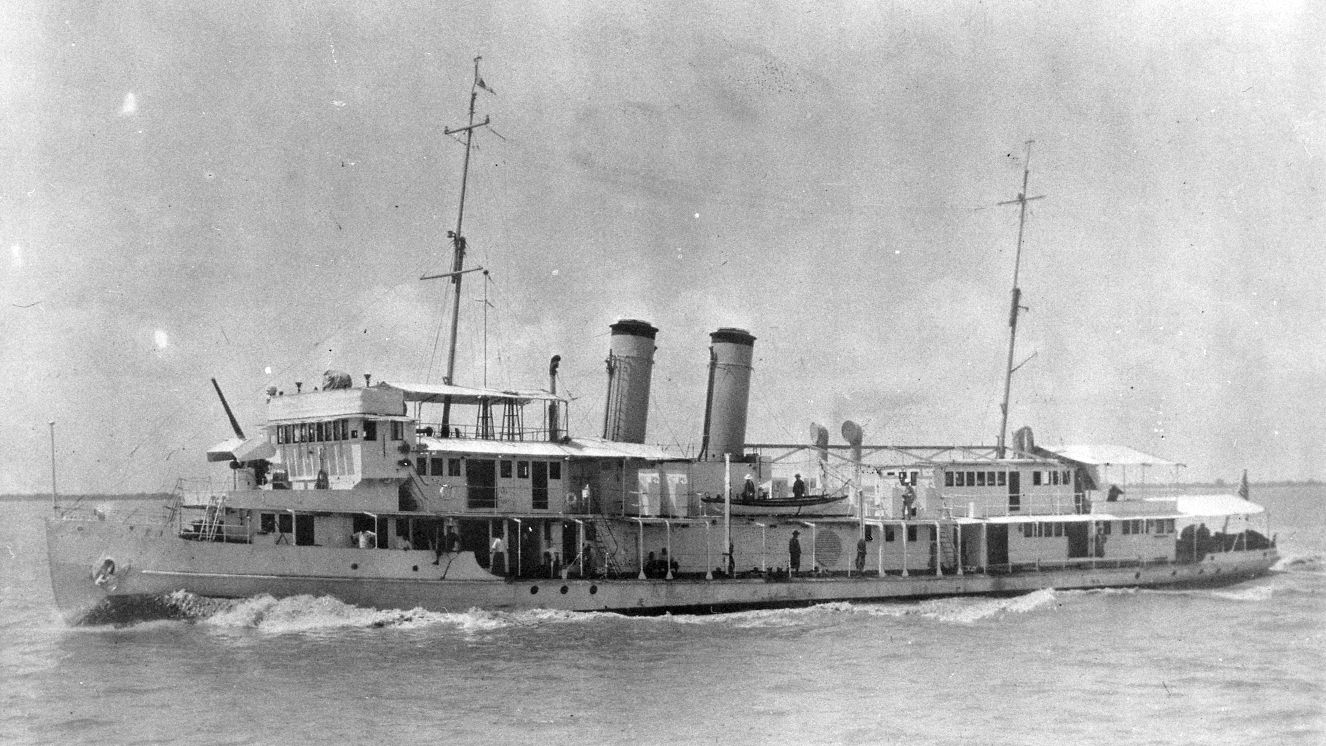CLASSIFIED USAF FIGHTER PROGRAM BOLSTERS NEXT GENERATION AIR DOMINANCE

The security of our airspace is the Air Force’s top priority, but as premiere fighters begin to age, the ability to successfully carry out this operation may be compromised. The Air Force predicts that by 2030, F-22 Raptors will no longer be survivable in contested airspace, leading to increased vulnerability to air attacks. So how do we ensure next-generation air dominance for America? With the rise of highly advanced warplane development around the world, such as China’s J-20 stealth fighter, the United States’s need for a superior fighter has increased dramatically. To fund such a need, the Air Force invested $2.5 billion into the newest family of systems — Next Generation Air Dominance. By 2025, that number is expected to grow to $9 billion. While the details of Next Generation Air Dominance (NGAD) systems are still highly classified, there have been some new developments released to the public about NGAD and the “family of systems” expected to dominate the skies. Ready? Let’s nosedive into the details! Related read:Find Out the F-22 Raptor Top Speed and Other Fun Raptor Specs
History and Future Developments for Next Generation Air Dominance
The Next Generation Air Dominance program began in the early 2010s, with the mission of developing an air superiority system for the U.S. Air Force by the 2030s. The program aimed to develop new technologies that could be used for stealth, advanced weapons, propulsion, thermal management of aircraft signatures, and digital design. NGAD is often referred to as a “family of systems.” At the center of this system is a manned NGAD fighter aircraft. The other parts that make up the system are unmanned aircraft used to escort the primary that carry extra munitions and assist on missions. In September of 2020, the Assistant Secretary of the Air Force for Acquisition, Technology and Logistics released a statement that a full-scale NGAD fighter prototype had made its first flight. In May of 2021, Chief of Staff of the USAF released a statement that the NGAD would replace the F-22 in the 2030s. Most recently, in June 2022, Next Generation Air Dominance moved full-steam ahead into the Engineering and Manufacturing Development phase.
The NGAD Fighter: Manned or Unmanned?
There has been much debate over the last couple of years as to whether the Next Generation Air Dominance systems will be manned, unmanned, or a mix of both. In regard to this inquiry, Naval Rear Adm. Gregory Harris released a statement saying, “As we look at it right now, the Next-Gen Air Dominance is a family of systems, which has as its centerpiece the F/A-XX – which may or may not be manned – platform. It’s the fixed-wing portion of the Next-Gen Air Dominance family of systems.” The NGAD fighter is predicted to come in different variants, each specifically designed to fulfill various mission requirements. That being said, each branch will have its own NGAD program. The F/A-XX will replace the Navy’s Super Hornets. The Navy is planning to rely on NGAD during the development of future fighters. The Air Force NGAD fighter is expected to have similar systems to the Navy’s NGAD, but the varying requirements between the branches will result in different airframes. The Navy appears to be favoring a mix of manned and unmanned aircraft, in addition to the fighters. One proposed initiative is the development of unmanned aerial refueling tanker drones that would take off from Navy carriers and refuel fighters. These unmanned tankers are meant to test flight experience and feedback that can be used to inform the development of unmanned fighter jets.
Fifth-Generation Fighter Jets vs. Sixth-Generation Fighter Jets
These ongoing developments have opened the possibility of seeing future unmanned Next Generation Air Dominance fighter systems in the near future. The fifth-generation fighter jets have five distinct features:
- Enhanced maneuverability
- Multipurpose combat capabilities
- Stealth
- The latest avionics systems
- Data fusion networking capabilities
The sixth-generation fighters will embrace the fifth-generation characteristics but include additional features:
- Manned and unmanned capabilities
- An employment of swarm drones
- Unparalleled air dominance capabilities
- Advanced AI
The sixth-generation fighters are anticipated to have a greater range, larger payloads, and the ability to deliver hypersonic weapons.
The Most Expensive Aircraft in History
The new sixth-generation Boeing F/A-XX NGAD fighter jet is predicted to outperform the F-35, as well as surpass it in price. The main aircraft is expected to cost twice as much as an F-35 today, which costs around $135 million per tail. When asked about the price for the main NGAD, Air Force Secretary Frank Kendall did not provide a specific number about how much an individual aircraft would cost but hinted at multiple hundreds of millions stating, “This is a number that’s going to get your attention. It’s going to be an expensive airplane.” While it is not exactly clear how much the aircraft will cost, it is projected to be between $200 to $300 million/unit. With this steep price, the program has been working to cut costs in other areas, starting with development. The system for the Next Generation Air Dominance aircraft has been designed to make upgrades and maintenance as efficient as possible.
The F/A-XX Design
While there is not much known about the design of the F/A-XX, a U.S. Navy Aviation document (Navy Aviation Vision 2030-2035) included a small, indiscernible image of the fighter. The design is unlike any prior Navy aircraft design and features canards to the rear of the cockpit. The fighter had a novel hybrid delta lambda wing shape and a tailed airframe with possible ruddervators. As of right now, this is speculation due to the image’s poor quality.
Meet Other Potential Sixth-Generation Fighter Jets
Currently, there is very little information about the global sixth-generation fighters, as many are still in the design stage. So far, this is what we know about the NGAD fighters.
Tempest
This next-generation aircraft fighter was developed by Sweden, Italy, and the UK. The Tempest has stealth technology, directed energy weaponry, an optional crew, and hypersonic missiles. The fighter also has the option to employ swarm drones and is expected to enter service in 2035.
Mikoyan PAK DP/MiG-41
Headed by Mikoyan Gurevich, this aircraft is predicted to have an advanced interceptor with unmanned variants that can fly at Mach 4. Russia is in charge of development; however, they are having problems with their current fifth-generation fighter jet (the Su-57), so the aircraft is not predicted to be available in the near future.
Future Combat Air System
The European sixth-generation aircraft will be created by the Future Combat Air System. This fighter is being designed and built by Airbus and Dassault and will involve Spain, France, and Germany. This design team will create a classified new-generation fighter that can be both manned and unmanned.
The Sky’s the Limit for Next Generation Air Dominance
Secretary Frank Kendall has plans to make the Next Generation Air Dominance fighter program fully operational before 2030. With aircraft development well underway and the aircraft soon moving into production, this timeline is becoming more and more realistic. As of now, the Air Force has worked on the development of an “experimental prototype” which helped test and reduce the risk in some of the technologies needed for a production program. To ensure that the new Next Generation Air Dominance fighter doesn’t sit in development for several more years, Secretary Kendall and others have communicated to lawmakers that the program needs to enter the production phase as quickly as possible. While the first flight of a Next Generation Air Dominance fighter is still years away, it is exciting to know that it has entered the critical development stage. Only time will tell what the future holds for the program and when we will see this fighter in the sky. More like this:‘Top Gun Maverick’ Reignites Interest in Real Top Gun Pilots
Image: Lockheed Martin Skunk Works concept art of a sixth-generation fighter. (Lockheed Martin)
BY LAUREN PIETTE
Editor at VeteranLife
Lauren Piette is a content strategist and editor at Military Brands, where she curates and polishes storytelling that informs, supports, and empowers the military community. With experience across digital content publication, SEO-driven content creation, and audience engagement, she blends strategic...
Credentials
Expertise
Lauren Piette is a content strategist and editor at Military Brands, where she curates and polishes storytelling that informs, supports, and empowers the military community. With experience across digital content publication, SEO-driven content creation, and audience engagement, she blends strategic...



